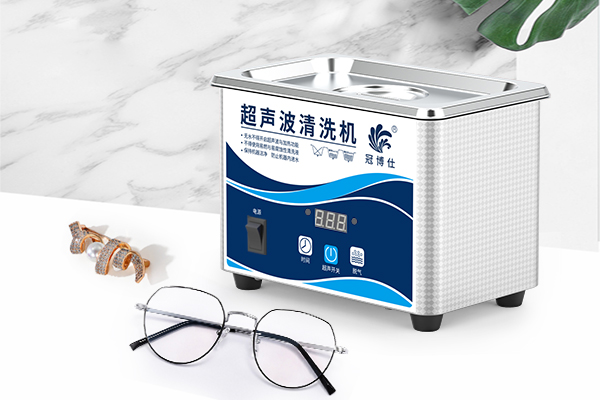The Significance of Ultrasonic Transducers in Cleaning Systems
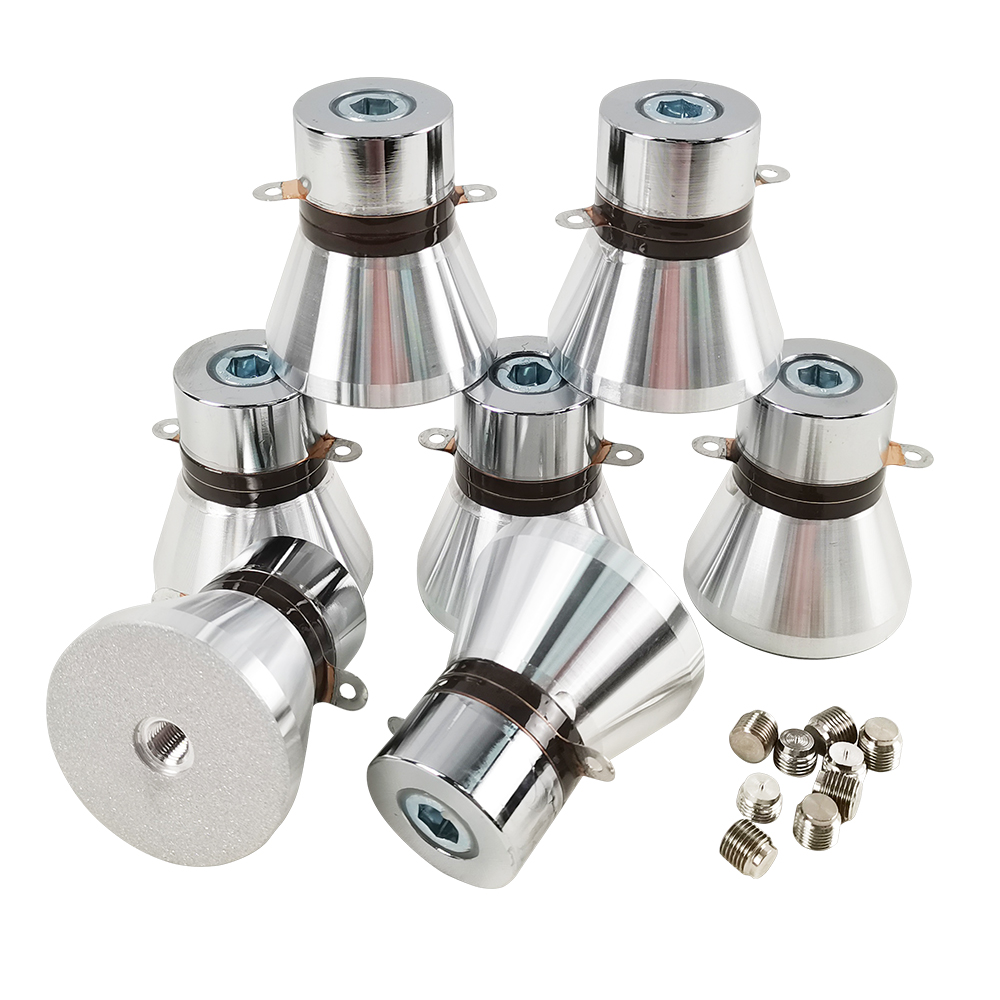
Ultrasonic cleaners have revolutionized precision cleaning in industries ranging from healthcare to manufacturing. At the heart of these devices lies the ultrasonic transducer, responsible for converting electrical energy into high-frequency sound waves that facilitate effective cleaning. Understanding the structure, working principles, and advancements in ultrasonic transducer technology can help optimize cleaning efficiency and longevity.
How Ultrasonic Transducers Work
An ultrasonic transducer generates high-frequency mechanical vibrations, which are transmitted through a cleaning solution. These vibrations create microscopic bubbles in a process known as cavitation, which helps to dislodge contaminants from surfaces, even in hard-to-reach areas.
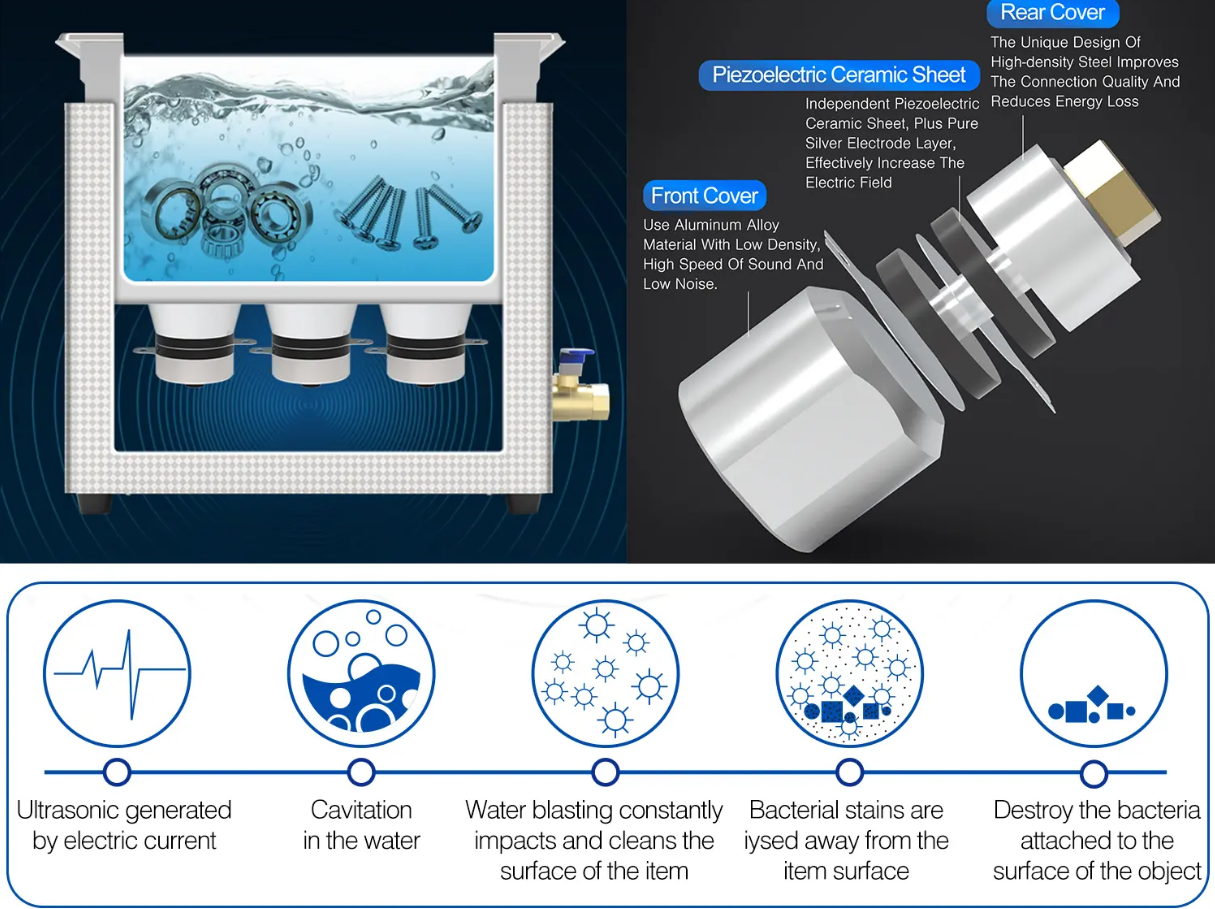
1. The Piezoelectric Effect: The Core of Transducer Operation
Most ultrasonic transducers rely on the piezoelectric effect, where specific materials, such as lead zirconate titanate (PZT), produce mechanical vibrations when subjected to an electrical signal. This process enables:
- Efficient energy conversion with minimal losses.
- Consistent and controlled vibration frequencies.
- High durability under repeated usage.
2. Magnetostrictive Transducers: An Alternative Approach
While less common, some ultrasonic cleaners use magnetostrictive transducers, which employ materials that change shape in response to magnetic fields. These transducers offer advantages such as:
- Higher power handling capabilities.
- Increased resistance to extreme environmental conditions.
- Longer operational lifespan compared to piezoelectric alternatives.
Key Components of an Ultrasonic Transducer
An ultrasonic transducer consists of several essential components, each playing a vital role in its operation.
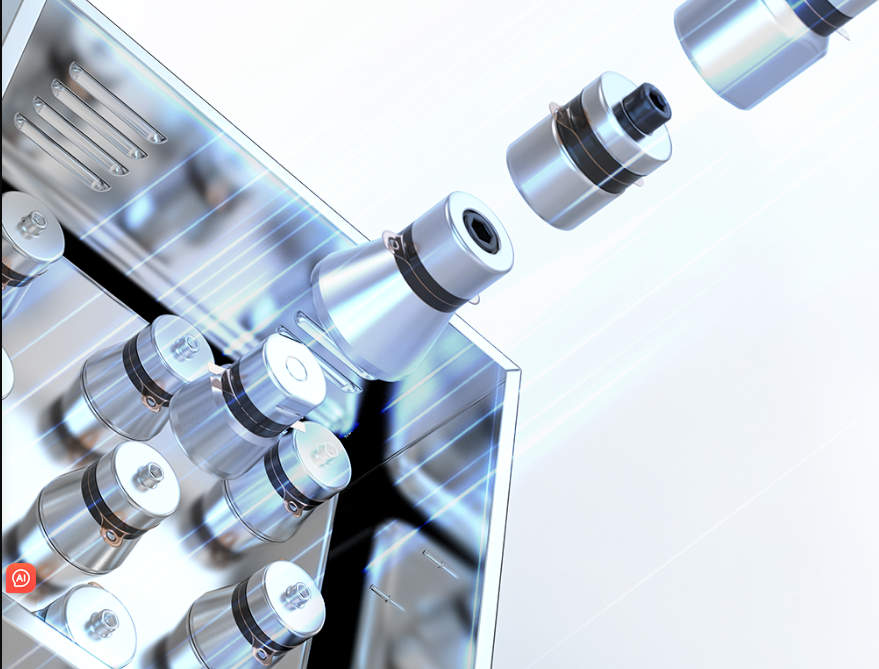
1. Piezoelectric or Magnetostrictive Element
This element generates ultrasonic vibrations upon receiving an electrical signal. The choice of material affects efficiency, frequency range, and power output.
2. Backing Material
A damping or backing material is used to absorb excess energy, preventing unwanted reflections and improving transducer performance. It ensures:
- A cleaner and more focused ultrasonic signal.
- Reduced interference and distortion.
- Improved longevity by minimizing stress on components.
3. Coupling Layer
The coupling layer facilitates the efficient transfer of ultrasonic waves from the transducer into the cleaning solution. It ensures:
- Minimal energy loss during transmission.
- Uniform distribution of ultrasonic waves.
- Enhanced cavitation effect for better cleaning results.
Factors Affecting Transducer Performance
The efficiency of an ultrasonic cleaner depends on various factors that influence the behavior of the transducer and the resulting cavitation effect.
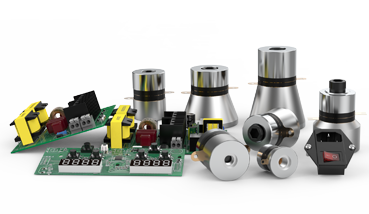
1. Frequency Selection for Optimal Cleaning
Ultrasonic cleaners operate at different frequencies, typically ranging from 20 kHz to 200 kHz. The choice of frequency impacts cleaning effectiveness:
- Low frequencies (20–40 kHz): Suitable for heavy-duty cleaning applications such as degreasing metal parts.
- Mid-range frequencies (40–80 kHz): Ideal for general-purpose cleaning, including laboratory glassware and medical instruments.
- High frequencies (80–200 kHz): Used for delicate applications, such as cleaning microelectronics and fine jewelry.
2. Power Output and Cavitation Intensity
Higher power levels generate stronger cavitation, which can enhance cleaning efficiency but may also damage fragile items. Proper calibration is essential to prevent excessive wear on components and ensure effective contaminant removal.
3. Temperature Considerations
Temperature plays a crucial role in ultrasonic cleaning efficiency. Warmer cleaning solutions lower surface tension, enhancing cavitation and the removal of stubborn contaminants. However, excessive temperatures can degrade transducer materials and reduce lifespan.
Advancements in Ultrasonic Transducer Technology
With ongoing technological advancements, modern ultrasonic transducers offer improved efficiency, reliability, and customization options.
1. Multi-Frequency Transducers
Innovative designs now allow ultrasonic cleaners to operate at multiple frequencies, enabling:

- Enhanced flexibility for various cleaning applications.
- The ability to clean both heavy and delicate items within the same system.
- Reduction of standing wave patterns that may cause uneven cleaning.
2. Smart Transducer Control Systems
Modern ultrasonic cleaners integrate digital control systems that automatically adjust transducer frequency, power, and duration based on the type of contaminants and materials being cleaned. Benefits include:
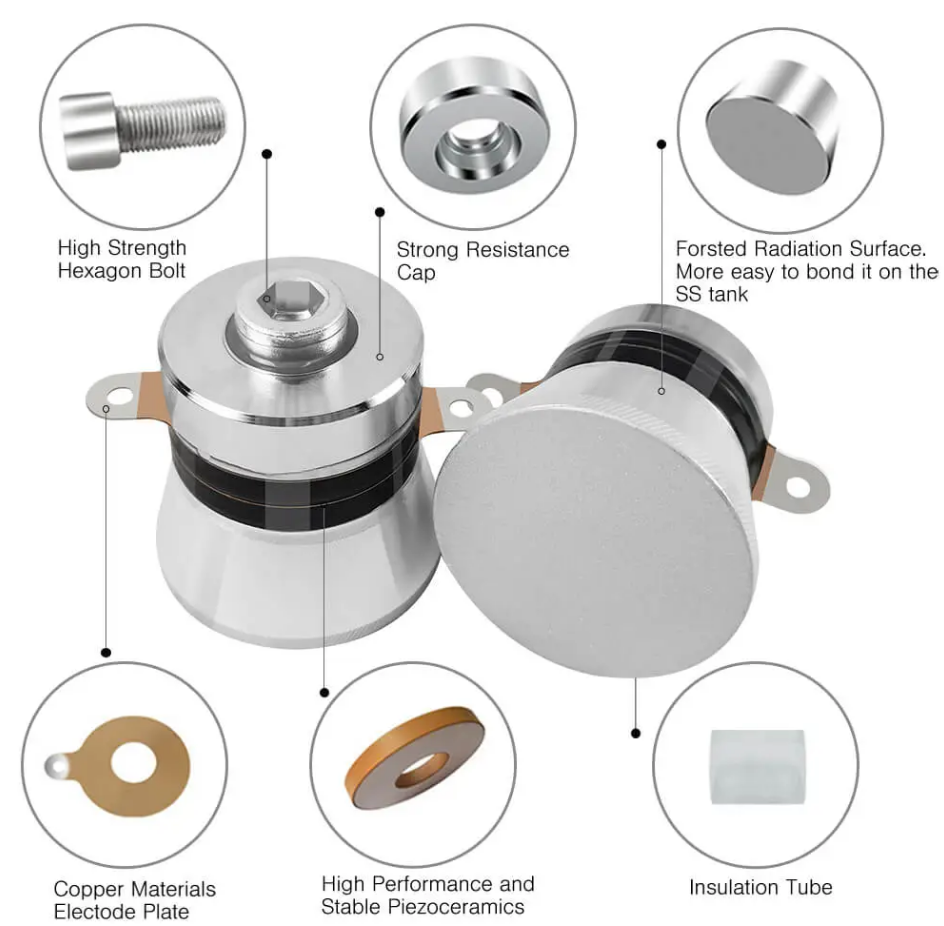
- Consistent cleaning performance across different applications.
- Reduced power consumption and operational costs.
- Extended equipment lifespan through optimized operation.
Applications of Ultrasonic Transducers in Various Industries
Due to their high efficiency and versatility, ultrasonic transducers are widely used across numerous industries.
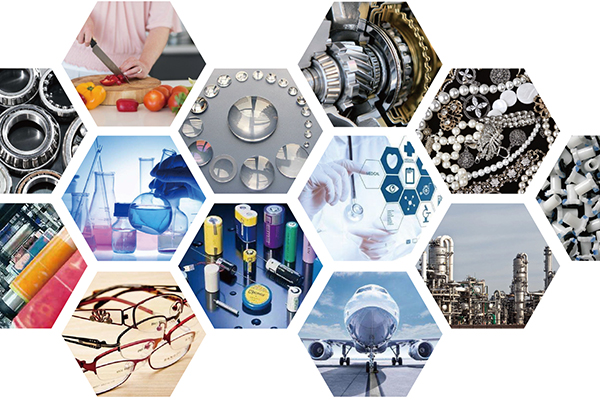
1. Medical and Healthcare Industry
Ultrasonic cleaners are essential for sterilizing surgical instruments, dental tools, and laboratory equipment. The precision offered by transducers ensures thorough decontamination without damaging delicate medical devices.
2. Electronics and Semiconductor Manufacturing
In electronics production, ultrasonic transducers help remove flux residues and microscopic contaminants from circuit boards and semiconductor components, maintaining high product quality and performance.
3. Automotive and Aerospace Sectors
Industrial ultrasonic cleaning systems use high-power transducers to clean engine parts, fuel injectors, and aerospace components, removing oil, grease, and debris effectively.
4. Jewelry and Watchmaking
Fine jewelry and timepieces require non-invasive cleaning methods to preserve intricate designs. High-frequency ultrasonic transducers enable safe and efficient cleaning of gemstones, watches, and delicate ornaments.
The Future of Ultrasonic Transducers
As technology continues to evolve, ultrasonic transducers are expected to become even more efficient, intelligent, and adaptable. Future developments may include:
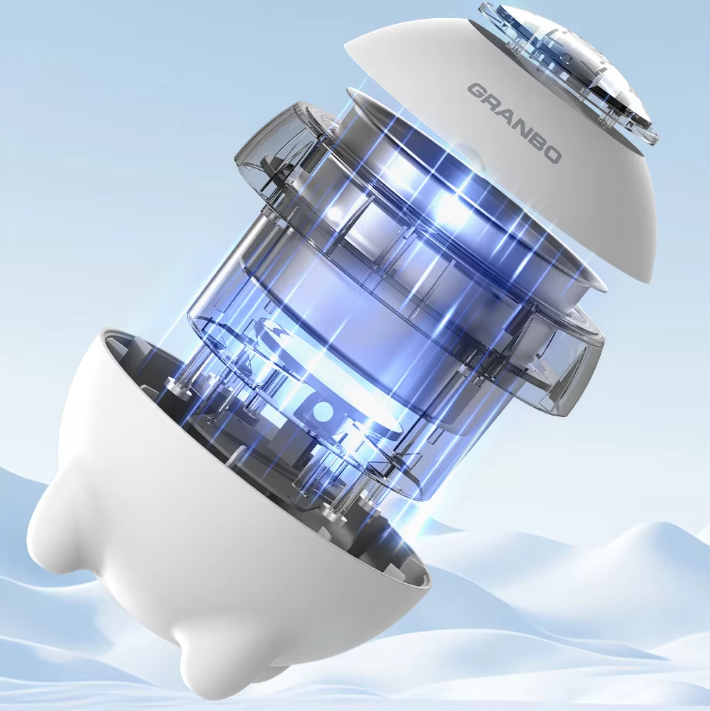
- Integration with AI and IoT: Smart ultrasonic cleaners that optimize cleaning cycles based on real-time data analysis.
- Eco-Friendly Designs: Energy-efficient transducers that reduce power consumption while maintaining cleaning effectiveness.
- Miniaturization: Smaller, high-performance transducers for portable ultrasonic cleaning applications.
With ongoing innovation, ultrasonic cleaning systems will continue to improve in precision and efficiency, offering advanced solutions across multiple industries. Understanding and optimizing transducer technology is key to unlocking the full potential of ultrasonic cleaning.
References
- Povey, M. J. W. (1997). Ultrasonic Techniques for Fluids Characterization. Academic Press.
- Suslick, K. S. (1998). “Applications of Ultrasound to Materials Chemistry.” Annual Review of Materials Science, 28, 295-326.
- Nyborg, W. L. (2001). “Ultrasound Bioeffects and Cavitation.” Ultrasound in Medicine & Biology, 27(3), 301-333.
- Gallego-Juárez, J. A., & Graff, K. F. (2015). Power Ultrasonics: Applications of High-Intensity Ultrasound. Elsevier.



